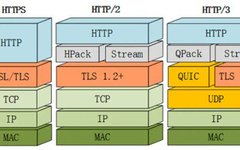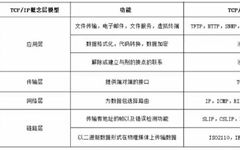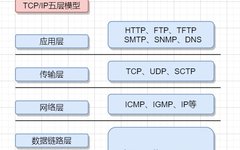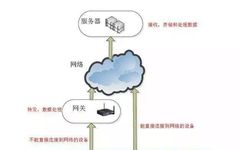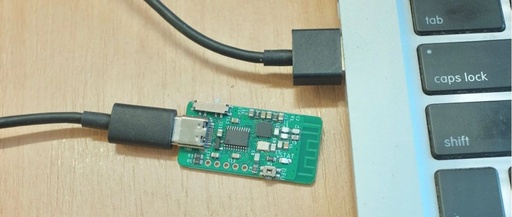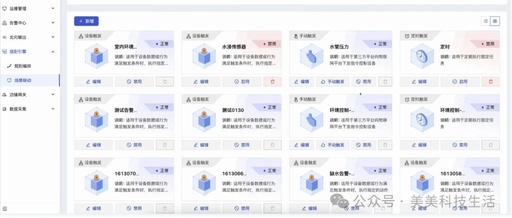A Brief Discussion on HTTP/3: The Next Generation Hypertext Transfer Protocol
29 Tuesday June 2021 Verification Room As we all know, the TCP/IP protocol suite is the foundation of the Internet and is currently the most popular networking form. Among them, the Hypertext Transfer Protocol (HTTP), which operates at the application layer of TCP/IP, is an application protocol that can be used for distributed, collaborative, and … Read more
